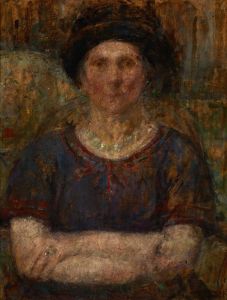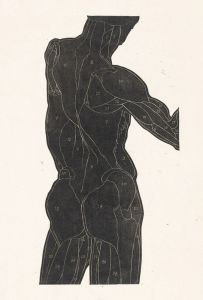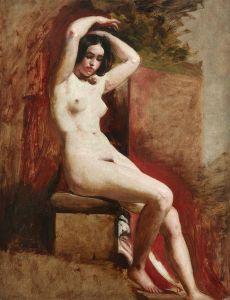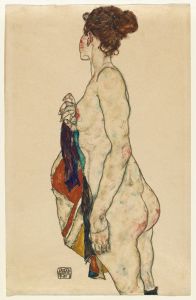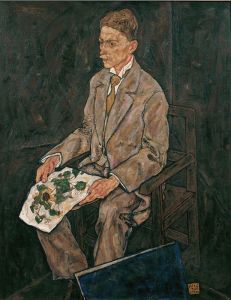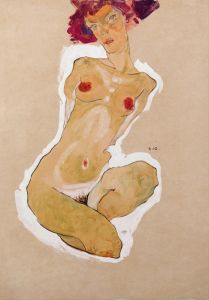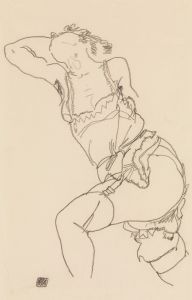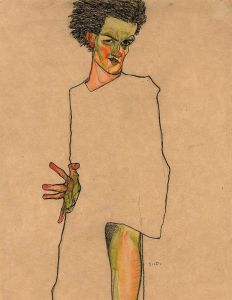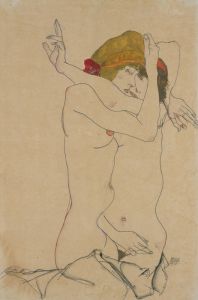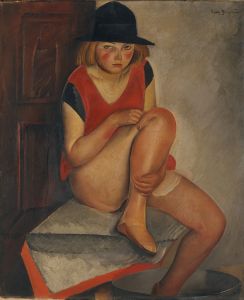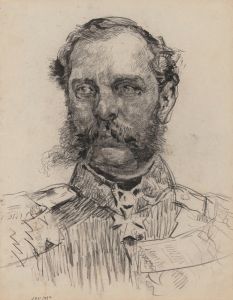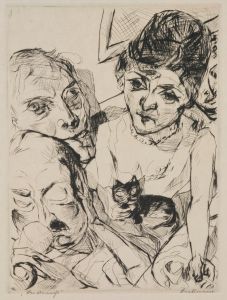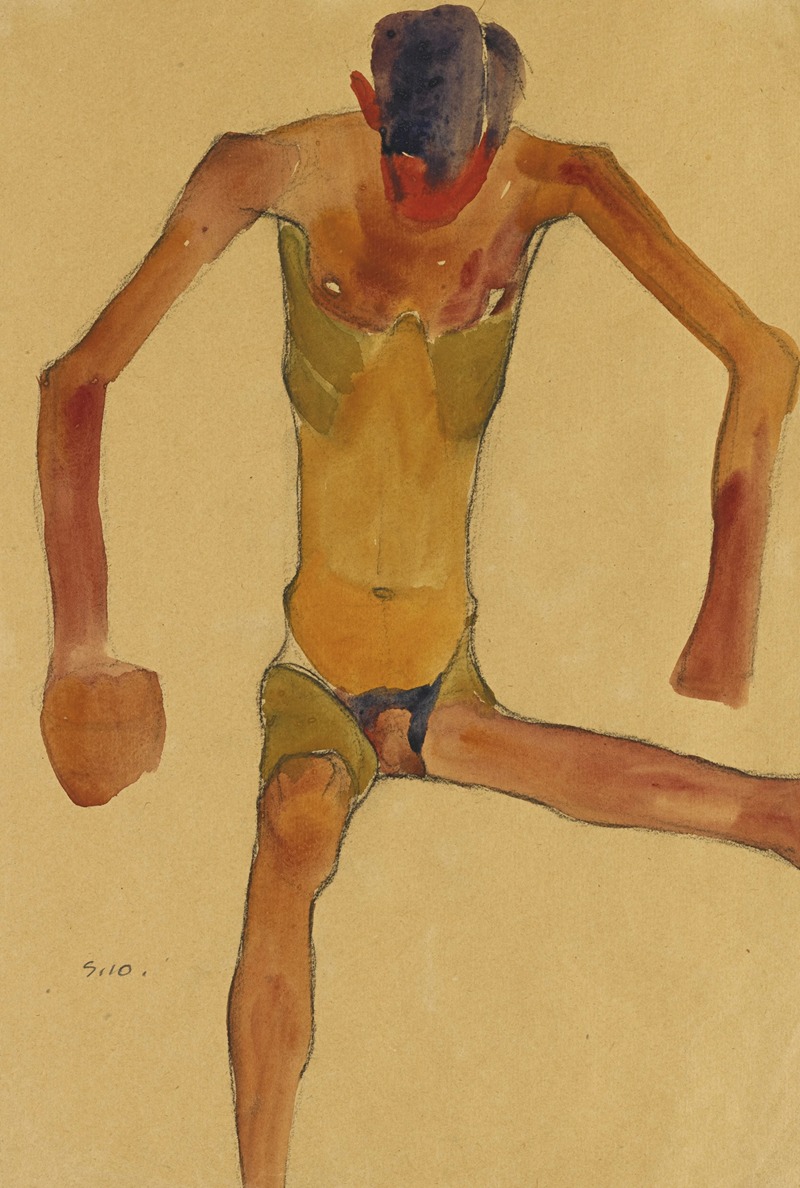
Sitzender männlicher Akt mit gesenktem Kopf
A hand-painted replica of Egon Schiele’s masterpiece Sitzender männlicher Akt mit gesenktem Kopf, meticulously crafted by professional artists to capture the true essence of the original. Each piece is created with museum-quality canvas and rare mineral pigments, carefully painted by experienced artists with delicate brushstrokes and rich, layered colors to perfectly recreate the texture of the original artwork. Unlike machine-printed reproductions, this hand-painted version brings the painting to life, infused with the artist’s emotions and skill in every stroke. Whether for personal collection or home decoration, it instantly elevates the artistic atmosphere of any space.
Egon Schiele's Sitzender männlicher Akt mit gesenktem Kopf (Seated Male Nude with Bowed Head) is a notable work by the Austrian Expressionist painter and draftsman, created in 1910. This artwork is a striking example of Schiele's exploration of the human form, emotional vulnerability, and psychological depth, which are hallmarks of his oeuvre.
The painting depicts a seated male nude figure with his head bowed, emphasizing a sense of introspection or melancholy. Schiele's characteristic use of exaggerated, angular lines and stark contours is evident in the figure's posture and anatomy. The body is rendered with a raw, almost skeletal quality, highlighting the fragility and tension of the human form. The artist's choice to leave the background minimal or undefined directs the viewer's attention entirely to the figure, creating an intimate and confrontational experience.
This work is part of Schiele's broader exploration of the nude figure, a subject he frequently revisited throughout his career. Unlike traditional depictions of the nude in art history, which often idealized the human body, Schiele's approach was unflinching and deeply personal. His nudes often convey a sense of vulnerability, discomfort, or existential angst, reflecting the broader currents of early 20th-century Expressionism and the psychological concerns of the time.
Schiele's works, including Sitzender männlicher Akt mit gesenktem Kopf, were often controversial during his lifetime due to their explicit and unconventional nature. His focus on the human body, particularly in its raw and unidealized state, challenged societal norms and artistic conventions. Despite facing criticism and even legal troubles for his provocative art, Schiele remained committed to his vision, producing a body of work that continues to resonate for its emotional intensity and innovative style.
The year 1910, when this piece was created, marked a significant period in Schiele's artistic development. Having recently left the Academy of Fine Arts in Vienna, he began to distance himself from the influence of his mentor, Gustav Klimt, and developed his own distinctive style. This period saw Schiele experimenting with bold compositions, distorted forms, and a heightened emotional expressiveness that would define his mature work.
Today, Sitzender männlicher Akt mit gesenktem Kopf is recognized as an important example of Schiele's contributions to modern art. It reflects his ability to capture the complexities of the human condition through his innovative approach to form and composition. The painting is housed in a private collection or museum, though specific details about its current location may vary depending on exhibition arrangements.





